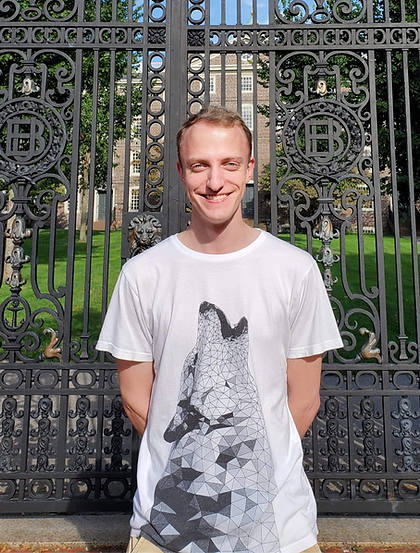

Timothy Roberts
I am a William H Kruskal Instructor at the University of Chicago's Department of Statistics. My research focuses on dynamical systems and the use of geometry in their analysis. My current projects include pattern formation in reaction-diffusion equations and the analysis of stationary patterns using geometric singular perturbation theory.
I am originally from Sydney Australia, where I received a BSc (Advanced Maths) from the University of Sydney. I then completed my PhD in 2024 at the Division of Applied Mathematics, Brown University under the supervision of Bjorn Sandstede.
Last Updated: Oct 7, 2025.
Research Projects
My research interests lie in applying geometric ideas to dynamical systems problems. My past work has centered on two main themes: classical ODES, where I used geometric singular perturbation theory to analyze a model a thermoregulation in the brain; and linear spectral theory of traveling fronts and pulses, where I helped develop a new numerical scheme for detecting the stability of fronts and pulses (in one spatial dimension) using geometric ideas (the Riccati transformation).
My current work focusses on using rigorous, geometric techniques to understand pattern formation in different physical and biological applications. My PhD work centered on building a rigorous mathematical framework for the existence and bifurcation analysis of spatiotemporal patterns in reaction-diffusion equations. In that work, I have proved that defect solutions undergo a process called homoclinic snaking, and have been able to make strong qualitative predictions about the nature of their bifurcation diagrams. I have also been working on proving the existence of radially symmetric structures in nonlocal models of amphiphilic copolymers which have industrial and biomedical applications.
Recent Activities
Fall 2025:
-
(Upcoming) Speaker: UIUC HADES Seminar
-
Instructor: CAAM31470 Applied Complex Analysis
-
Co-organizer: Computation and Modeling Seminar - UChicago
Spring 2025:
-
Instructor: STAT31470 Applied Complex Analysis
-
SIAM DS25 in Denver, CO
Winter 2025:
-
MDDLS Conference at UCI Cellfate Institute
-
ICERM Workshop: Patterns, Dynamics, and Data in Complex Systems Jan 21-24
-
Instructor: MATH18600 Mathematics of Quantum Mechanics